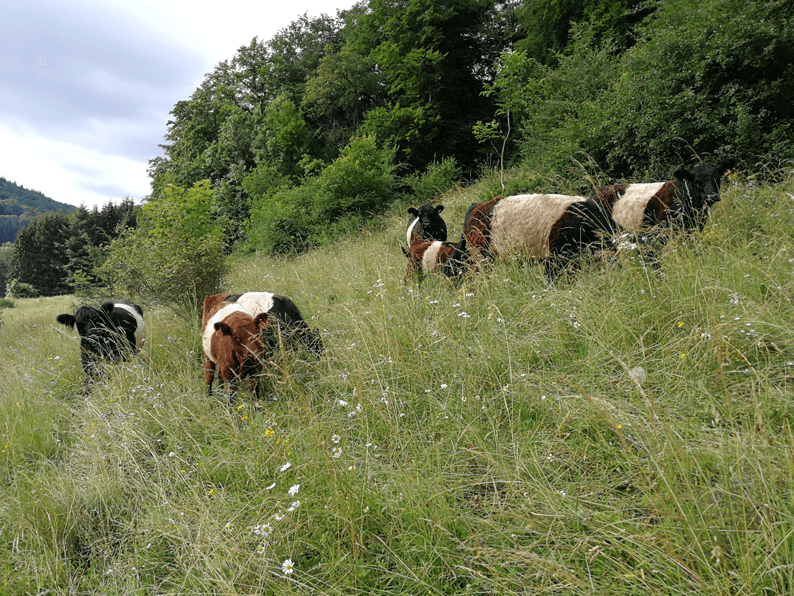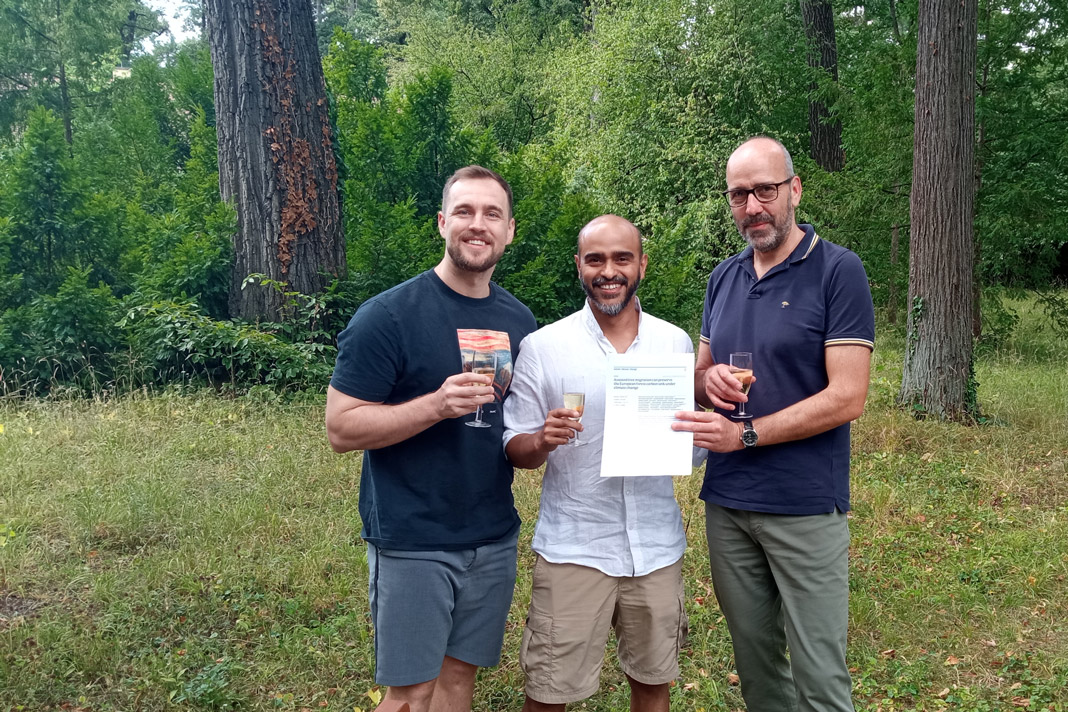Luxembourg takes steps to conserve rare tree species
This year, Luxembourg certified material from national seed orchards to add to the list of material approved for international trade in forest reproductive material. The material, much of which is not covered by the existing European Directive on forest reproductive material, will contribute to the ex-situ conservation of rare tree species and to an eventual increase in the genetic diversity of those species.
The project started in 2004, as part of an effort to conserve and promote rare tree species, in cooperation with the Research Centre for Forest Ecology and Forestry of the neighbouring German state of Rheinland-Pfalz. The project established five seed orchards for rare species, including rowans (Sorbus spp), elms (Ulmus spp), pears (Pyrus spp) and yews (Taxus spp) that are not included in Directive 1999/105/EC on the marketing of forest reproductive material. The seed orchards also included species that are on the Directive, but that are often found as lone individuals, such as Prunus avium, Tilia cordata, Tilia platyphyllos, and Acer platanoides.
The seed orchards brought together individual trees of these rare and scattered species, with the idea of increasing the number of trees in an area. In the short term, this helps to conserve the species ex situ. More importantly, the presence of more trees, closer together, improves the flow of pollen among the individuals, leading to greater genetic diversity and thus improving the long-term adaptability of the species. Now that this more diverse seed has been certified for trade, the expectation is that it will increase the diversity of tree species in forests, adapting the forests to climate change and contributing to sustainable forest management.
A special feature of the seed orchards is that they were established among low-intensity farms that are part of national biodiversity enhancement programmes. These farms use no synthetic fertilisers or pesticides and graze rustic breeds of sheep and cattle extensively. While the livestock made it necessary to provide robust fencing to protect the seed orchards, putting them in these protected areas provided an additional income for farmers and made the presence of the seed orchards more acceptable overall.
Related Links
- Read more about the project on preservation of rare tree species (in German)
- Read more about close-to-nature meat production (in German and French)
- Read more about forest genetic resources in Luxembourg







